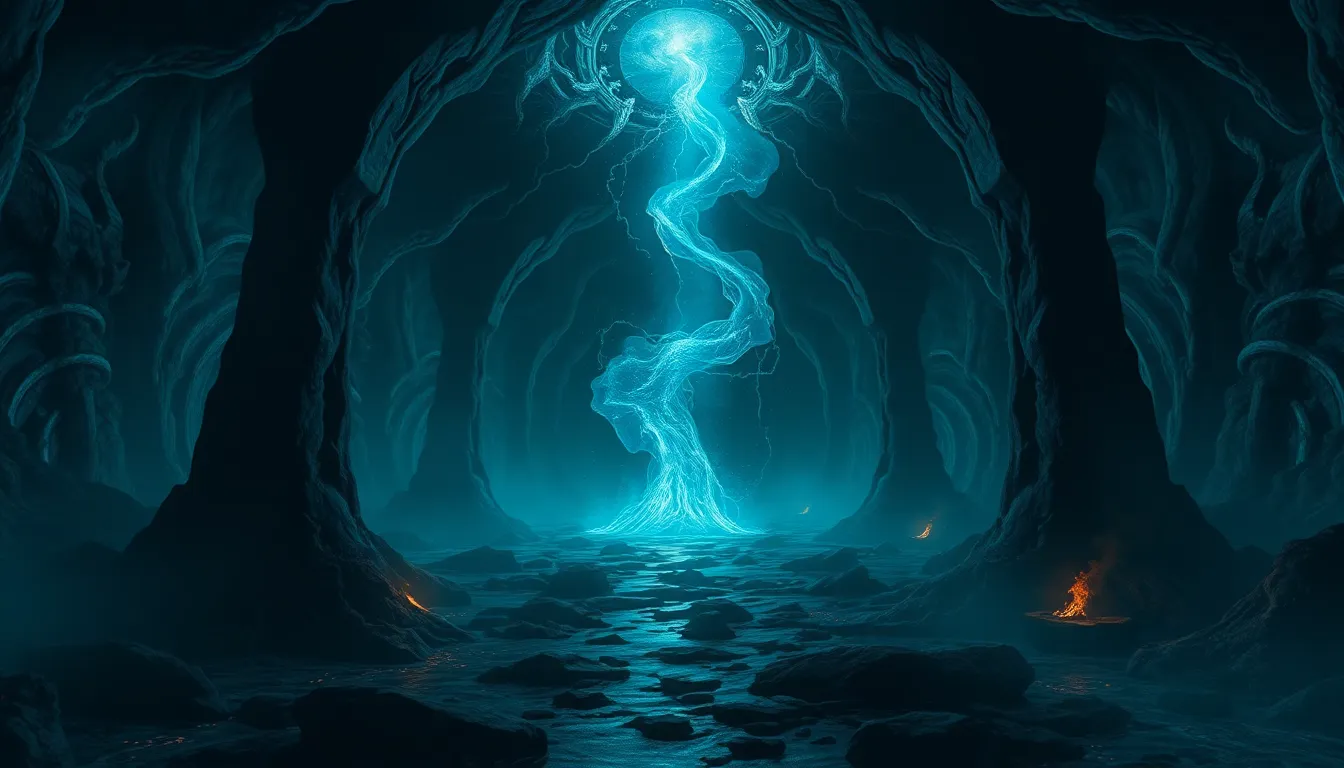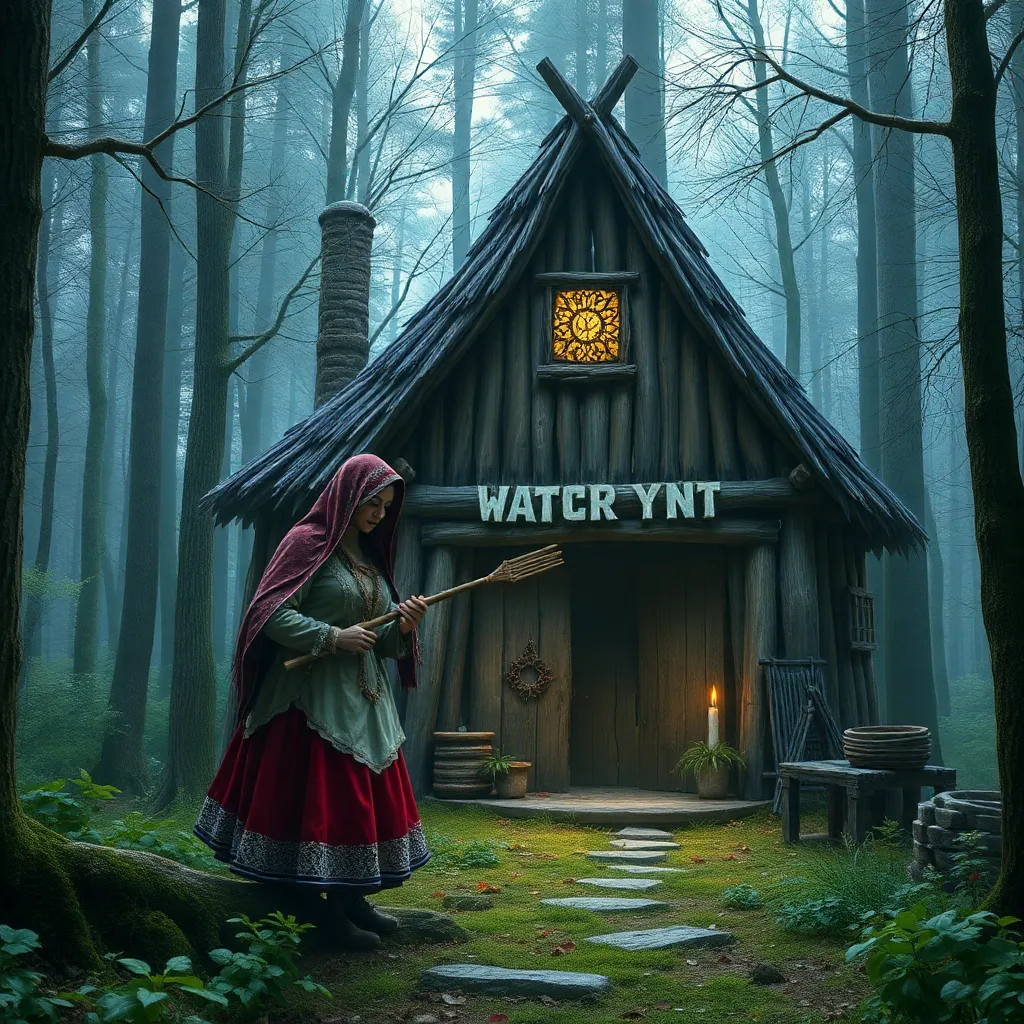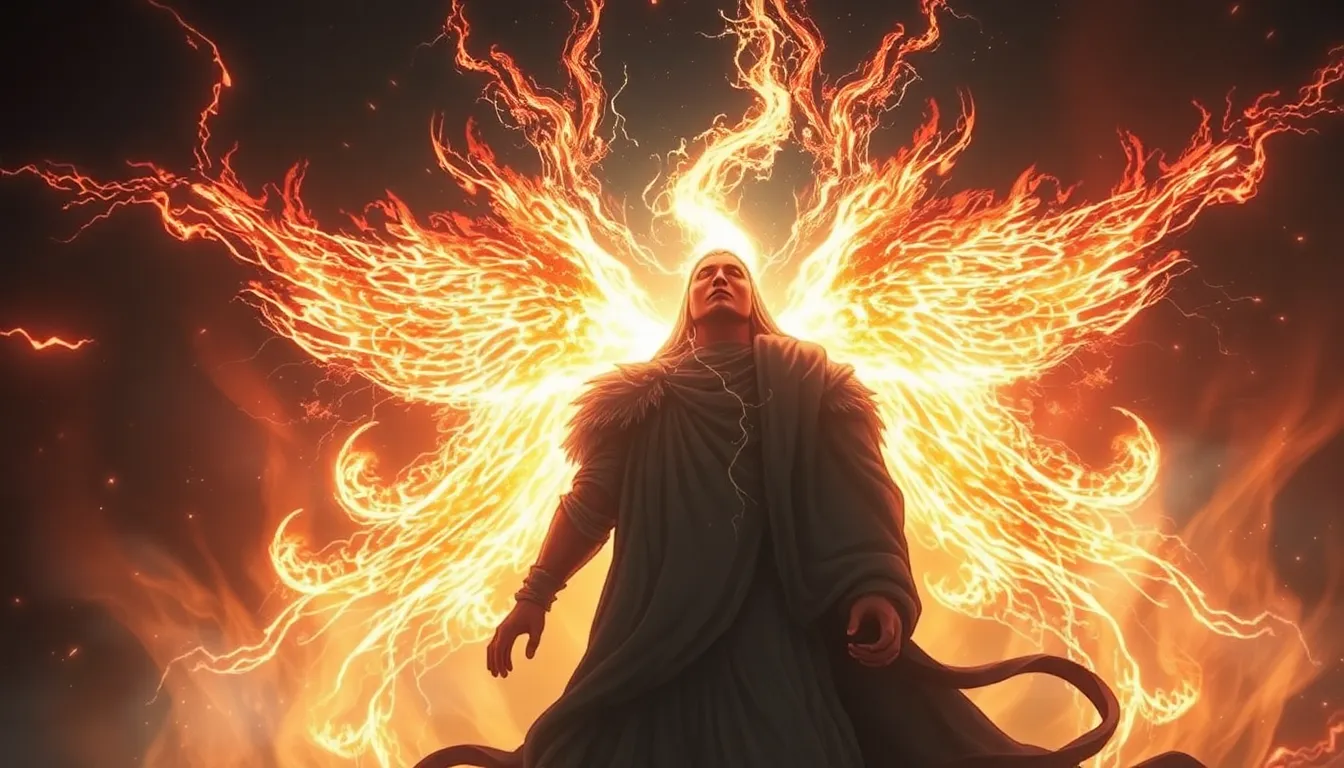The Underworld: Myths That Reveal Our Deepest Fears
Introduction: Exploring the Concept of the Underworld
The concept of the underworld is a profound and multifaceted element found in various mythologies across the globe. Typically defined as a realm that exists beneath the earth’s surface, it serves as the dwelling place of the dead. Its significance transcends mere geography; it symbolizes humanity’s deepest fears, particularly our anxieties surrounding death and the afterlife. This article will explore how these myths reveal our primal fears, examining their psychological implications and cultural variations.
The Underworld in Ancient Civilizations: A Comparative Study
Underworld concepts vary widely among cultures, each offering unique perspectives while sharing common themes. Here is a brief overview of underworld beliefs from several ancient civilizations:
- Greek Mythology: The underworld, ruled by Hades, is a shadowy realm where souls reside after death. It is divided into several regions, including the Elysian Fields for the virtuous and Tartarus for the wicked.
- Egyptian Mythology: The Duat is a complex underworld where the dead are judged by Osiris. This journey involves trials and tribulations, reflecting the ancient Egyptians’ beliefs in the afterlife and the importance of moral living.
- Norse Mythology: Hel governs the realm of the dead, where those who did not die gloriously in battle reside. The Norse underworld reflects a warrior culture’s views on honor and valor.
Common motifs in these myths include judgment, the journey of the soul, and the presence of guardians or ferrymen who help souls navigate the afterlife.
Fear of Death: The Underworld as a Reflection of Mortality
Myths about the underworld often serve as a reflection of humanity’s fear of death and the unknown associated with the afterlife. They address existential questions about what happens when we die, providing narratives that help people cope with their mortality. Notable myths that encapsulate this fear include:
- Hades: The Greek god of the underworld, Hades rules over the dead and symbolizes the inevitability of death.
- Osiris: In Egyptian mythology, Osiris represents resurrection and the cyclical nature of life and death, offering hope for immortality.
These narratives not only express anxiety about death but also suggest pathways to understanding and acceptance.
The Underworld as a Symbol of the Unconscious
From a psychological perspective, the underworld can be interpreted as a representation of the subconscious mind. It embodies the fears, desires, and repressed emotions that lie beneath the surface of our consciousness. One of the most striking myths that illustrate this concept is the story of Persephone.
Persephone’s descent into the underworld signifies not only the transition from innocence to experience but also the cyclical nature of life, death, and rebirth. Her story reflects the duality of human existence and our relationship with the darker aspects of our psyche.
Punishment and Redemption: Justice in the Underworld
Many myths portray the underworld as a place of punishment, reflecting societal fears about justice and morality. For instance, Tartarus in Greek mythology serves as a prison for the wicked, where they endure eternal punishment for their sins. This concept of retribution resonates with the human desire for justice and the fear of moral failure.
These narratives often include themes of redemption, suggesting that even in the darkest places, there is the possibility of forgiveness and change.
Monsters and Guardians: The Creatures of the Underworld
The underworld is populated by a variety of mythological creatures that symbolize our fears of the unknown and the monstrous. Some notable beings include:
- Cerberus: The three-headed dog of Greek mythology, guarding the entrance to Hades, symbolizes the fear of being trapped in death.
- Charon: The ferryman of the dead, who transports souls across the river Styx, represents the transition and passage into the afterlife.
These creatures often embody the darker aspects of human nature and our fears of death and the afterlife.
Cultural Variations: Unique Underworld Narratives
Across different cultures, unique underworld narratives reveal specific societal fears and values. For example:
- Yama in Hinduism: Yama is the god of death, and his realm is where souls are judged based on their actions in life. This reflects the Hindu belief in karma and the moral consequences of one’s actions.
- Mictlantecuhtli in Aztec mythology: The god of the dead presides over a complex underworld that includes various levels and experiences after death, illustrating the Aztec understanding of death as a part of life’s cycle.
These culturally-specific narratives reveal how different societies conceptualize death and the afterlife, often mirroring their deepest fears and values.
Modern Interpretations of the Underworld in Literature and Film
Contemporary works of literature and film continue to draw on underworld myths, reinterpreting them for modern audiences. A notable example is Dante’s “Inferno,” which explores the concept of hell and punishment, resonating with modern fears of judgment and morality. Additionally, many modern fantasy films incorporate elements of the underworld, reflecting ongoing societal anxieties about death, justice, and the unknown.
The Therapeutic Value of Underworld Myths
Engaging with underworld myths can serve as a therapeutic tool, helping individuals confront and process their fears. These stories provide a framework for understanding complex emotions related to death, loss, and morality. Various therapeutic practices, such as mythological storytelling and art therapy, utilize these ancient narratives to foster healing and introspection.
Conclusion: The Enduring Relevance of Underworld Myths in Understanding Fear
In summary, myths of the underworld offer profound insights into human fears surrounding death, morality, and the subconscious. By examining these stories across cultures, we can understand how they reflect our deepest anxieties and desires. The enduring relevance of these myths highlights the importance of storytelling in our quest for meaning and understanding in the face of life’s greatest mysteries.




